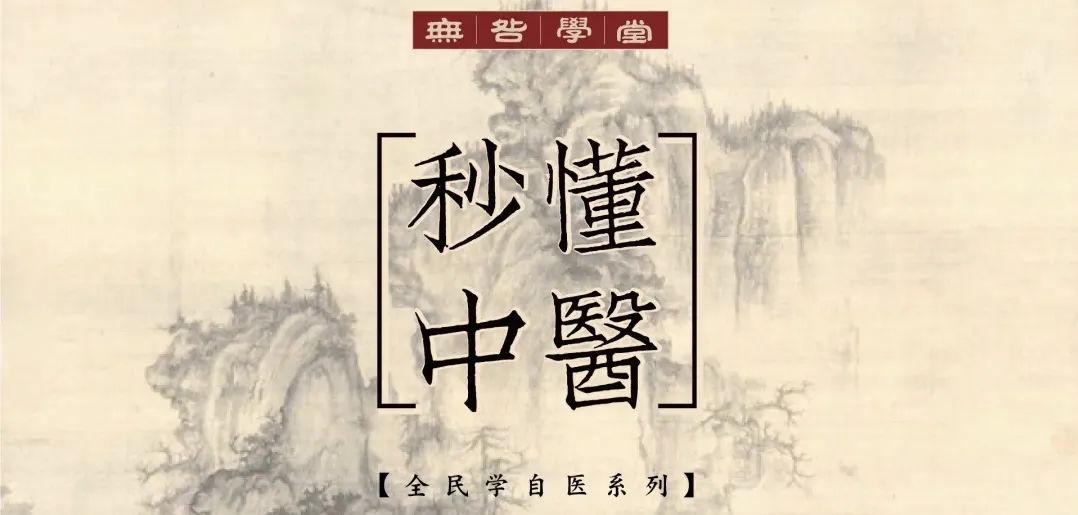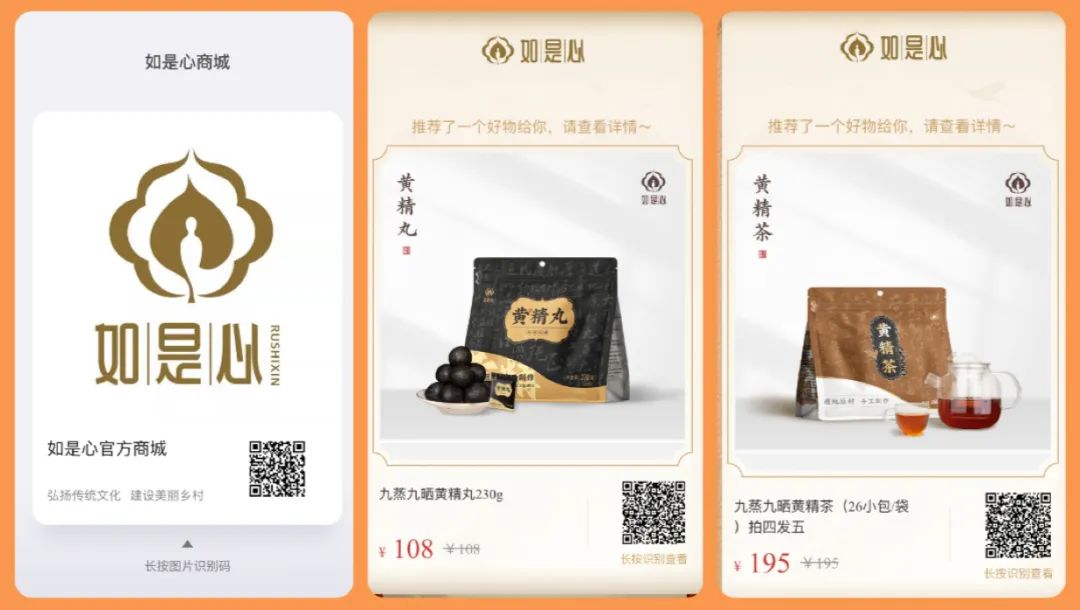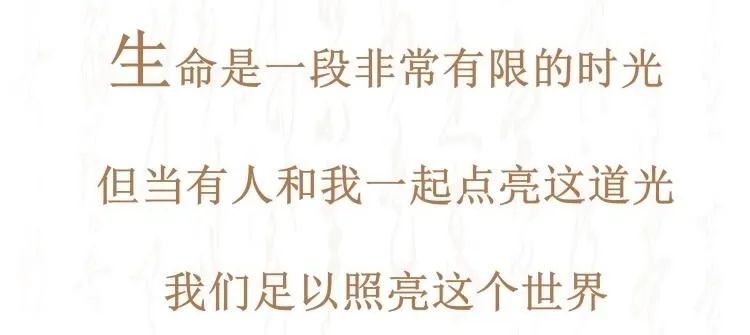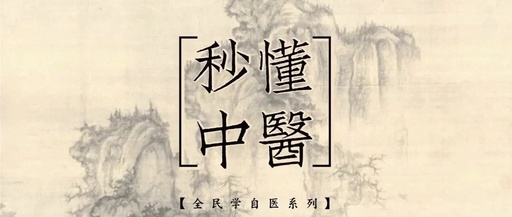
Section Seven: Meridians (The Eight Extraordinary Vessels)
In previous chapters, we have repeatedly mentioned the role of “Yang Qi”. Many friends may still not understand why it is called “Yang Qi”. This is because when discussing the relationship between “Qi and Blood”, “Qi” is classified as Yang, hence it is referred to as “Yang Qi”. So how is “Yang Qi” distributed, manifested, and transformed in our body? Today, we will introduce the pathways of Qi— the meridians.
The meridians are like the roads of a city; they are present in every corner of our body. Wherever there are blood vessels, there are meridians, but not all meridian pathways have blood vessels. It is like where there are people, there are roads, but where there are roads, there may not necessarily be people. Since meridians and Qi belong to the realm of energy, they are not visible to the naked eye or detectable by machines. The driving force of Qi flowing through the meridians is the formless and invisible “Heart”. The Eight Extraordinary Vessels, which we often hear about, are the main thoroughfares of this “city” of our body. These eight pathways form the main framework of the city. Many people believe that the twelve meridians are the most important in the body, but that is not the case; the Eight Extraordinary Vessels constitute the overall framework of our body. The twelve meridians are merely a part of this framework, and it is essential to understand their primary and secondary relationship.
The “Eight Extraordinary Vessels” refer to: Chong Mai (Penetrating Vessel), Ren Mai (Conception Vessel), Du Mai (Governing Vessel), Dai Mai (Belt Vessel), Yang Wei Mai (Yang Linking Vessel), Yin Wei Mai (Yin Linking Vessel), Yang Qiao Mai (Yang Heel Vessel), and Yin Qiao Mai (Yin Heel Vessel). These eight vessels govern all the major and minor meridians in the body, akin to the highest functional departments of a country, while the twelve meridians correspond to various provinces and cities. The primary function of the Eight Vessels is to oversee the twelve meridians, regulating the Qi and Blood of the twelve meridians, accumulating excess and irrigating and nourishing areas that are deficient. Each of them has different functions.
Let’s take a look at each: Chong Mai, pronounced “Chong”, is the first vessel to form in the human body and the last to completely deplete. The formation of this vessel is due to what we previously mentioned, the “Prenatal Qi” entering the fetus, initiating a process from prenatal to postnatal. Thus, this “Prenatal Qi” transforms into the Chong Mai, making it the switch between the prenatal and postnatal, the tangible and intangible, the ordinary and the sage. This is why many practitioners focus on cultivating the Chong Mai.
Since the “Chong Mai” is transformed from the “Prenatal Qi”, it serves as a bridge for communication between our body and the universe. It is also the source of our body’s microcosm. The Qi that flows out from the “Chong Mai” then moves to the “Ren Mai”. The Ren Mai is an important pathway where “Qi” transforms into “Blood”. The Qi that emerges from the “Chong Mai” becomes turbid in the “Ren Mai”, where “Qi” transforms into “Blood”. This process is akin to water vapor in the sky condensing and falling as rain. This “Blood” is not the same as the “blood” we see now; the “Blood” that results from the transformation of “Qi” is equivalent to what Western medicine refers to as “cells”. These cells constitute the later organs and tissues, limbs, and skin. Our body’s continuous “metabolism” is due to the “Ren Mai” constantly executing the function of “transforming Qi into Blood”. If the Ren Mai is blocked or weakened, then the five organs will lose their nourishment, leading to decay and decline.
The “Du Mai” is the counterpart to the Ren Mai; it is the pathway where “Blood” transforms into “Qi”. It is like water on the ground that, under the influence of heat, continuously evaporates upwards. The “Du Mai” governs all the Yang meridians in the body, providing energy and maintaining vitality.
The “Dai Mai”, as the name suggests, acts like a belt, restraining all the meridians from dispersing.
The “Wei Mai” means to maintain connections. The “Yang Wei Mai” is responsible for linking all Yang meridians to the Du Mai, while the “Yin Wei Mai” is responsible for linking and maintaining all Yin meridians to the Ren Mai, similar to the role of an executive assistant.
The “Qiao Mai” also serves a maintenance and connection role, but while the “Wei Mai” primarily handles internal and external connections, the “Qiao Mai” is responsible for the left and right connections of the body. The “Yang Qiao” is responsible for the Yang meridians on the left and right sides of the body, while the “Yin Qiao” is responsible for all the Yin meridians on the left and right sides.
Thus, the human body is constructed from the inside out, from top to bottom, and from left to right, forming a harmonious whole.

Huang Jing (Polygonatum) is known as one of the four divine medicines in Traditional Chinese Medicine, alongside Ginseng, Ganoderma, and Fu Shen, and is praised as the “food of immortals”.
The “Compendium of Materia Medica” records: “Huang Jing nourishes all deficiencies, stops cold and heat, fills essence and marrow, and tonifies Qi and Blood… It harmonizes the five organs, strengthens the muscles, and fortifies the bones.”




